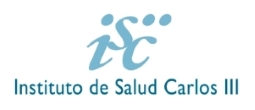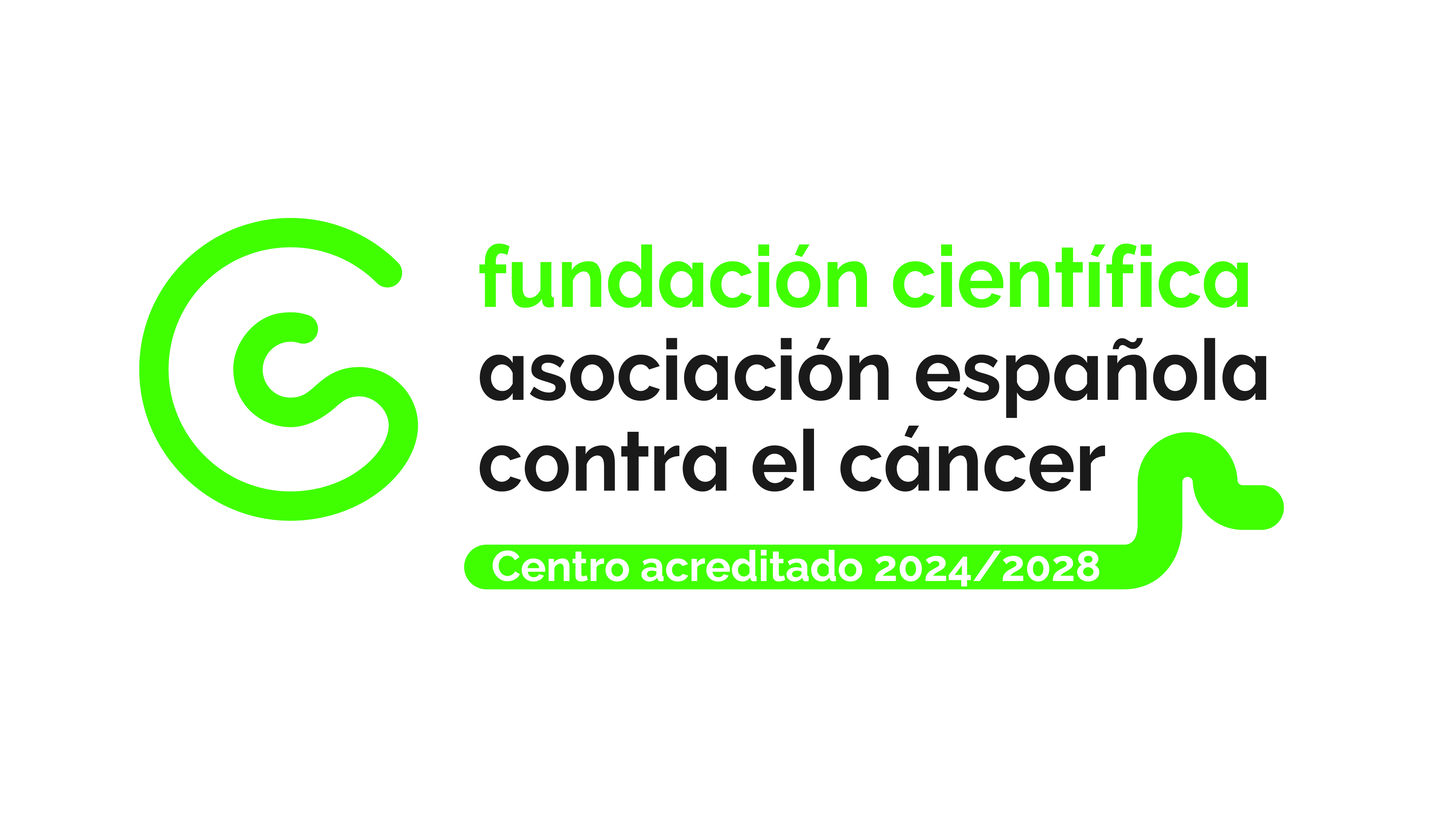- The recent study conducted by researchers from the Movement Disorders Group at the Institute of Biomedicine of Seville (IBiS) highlights the relevance of PET imaging in differentiating Alzheimer's disease from other neurological disorders.
- Thanks to these findings, specialists could diagnose diseases that are often mistaken for Alzheimer's, such as Lewy body dementia, earlier and with more accuracy, paving the way for a more personalized and effective treatment.
Seville, July 7th, 2023
A recent publication in the prestigious journal Brain by a team of researchers led by Dr. Michel Grothe and Dr. Pablo Mir from the Movement Disorders Group at the Institute of Biomedicine of Seville (IBiS), in collaboration with the University of Gothenburg, provides new insights into the importance of medical imaging techniques in differentiating Alzheimer's disease from other neurological disorders.
Despite being commonly identified by its most common symptoms, Alzheimer's is an extremely heterogeneous disease. One of the causes of this heterogeneity is the presence of other co-pathologies that can manifest alongside Alzheimer's, with Lewy body pathology being one of the most common. "These are abnormal deposits of a protein called alpha-synuclein, which is involved in Parkinson's disease and other related clinical syndromes, such as Lewy body dementia," explains Dr. Jesús Silva-Rodríguez, the first author of the article. "Up to 60% of Alzheimer's patients can show this co-pathology, according to the latest autopsy studies."
Lewy body dementia is the second most common cause of dementia in older adults after Alzheimer's and is characterized by a clinical picture that includes visual hallucinations, motor symptoms similar to Parkinson's disease, sleep disorders, and changes in mental clarity and attention. However, "it often begins with memory problems, making it easy for these patients to be initially misdiagnosed as Alzheimer's", clarifies. "The situation becomes more complex when both conditions occur together, resulting in a clinical syndrome in which it is difficult to determine which clinical symptoms are caused by each pathology, making treatment challenging."
Neuroimaging, essential for diagnosing neurodegenerative diseases
To achieve an accurate diagnosis, specialists use, among other things, positron emission tomography (PET). "PET is a widely used medical imaging technique in oncology and neurology that allows for obtaining a three-dimensional image of the distribution of a target molecule," explains Dr. Silva-Rodríguez.
In the case of the FDG-PET technique used in the study, the target molecule is a glucose analog known as FDG. "There is strong evidence that the decrease in glucose consumption and, consequently, the uptake of FDG-PET allows for in vivo 'photographing' of the neurodegeneration process. Each neurodegenerative pathology (Alzheimer's disease, Lewy body dementia, frontotemporal dementia, etc.) produces degeneration in different areas of the brain, a unique pattern for each disease."
Although FDG-PET imaging is currently indicated for the early diagnosis of the majority of neurodegenerative diseases, there is very little evidence that these patterns of neurodegeneration can appear even without clinical symptoms of the disease. "The main finding of our work is that the FDG-PET imaging technique allows for the individual identification of patients with an underlying Lewy body pathology, even if they have not developed any clinical symptoms of it. In our study, we observed that a considerable percentage of patients with a clinical diagnosis of Alzheimer's have FDG-PET findings more similar to those observed in patients with Lewy body dementia, and we have demonstrated that these patients actually have less Alzheimer's pathology and - thanks to a follow-up of up to 6 years - will develop typical clinical symptoms of Lewy body dementia in the future," points out Dr. Grothe.
Artificial intelligence, an essential tool
The work was not without challenges. According to Dr. Silva-Rodríguez, "One of the challenges was to identify a sufficient number of patients diagnosed with Alzheimer's who exhibited these imaging patterns consistent with Lewy body dementia". To ensure they had an adequate number of subjects, the researchers had to analyze medical images from over 1,200 patients. They trained an artificial intelligence algorithm to detect them: "The training data was derived from a unique world database of autopsy-confirmed Alzheimer's neuropathology and/or Lewy body images using FDG-PET". These patients came from the Alzheimer's Disease Neuroimaging Initiative (ADNI) database, a project based in the United States that shares its data to enable such research.
Towards more personalized medicine
"The findings of our study suggest that we need to reconsider the importance of imaging in the early diagnosis of these diseases", suggests Jesús. "Identifying patients with Lewy body pathology (or copathology) earlier in time will allow us to improve therapeutic options and provide early advice to patients and their families".
According to Dr. Grothe, proper identification can radically change the decision to apply one treatment over another: "Patients with Lewy body pathology are much more likely to respond well to certain specific drugs". Additionally, different drugs for Alzheimer's disease have recently been approved worldwide: "Patients with underlying Lewy body pathology are unlikely to respond well to these drugs", he concludes.
The authors believe that their findings can have an impact in the short term. "In our opinion, it is likely that our work, along with other recent advances, will lead to a review and update of clinical guidelines for diagnosis, with greater emphasis on the use of FDG-PET imaging", concludes Dr. Mir.
This study has been primarily funded by the Carlos III Health Institute through funds from the European Regional Development Fund (ISCIII-FEDER).
References:
---------------------------------------------------------------------------------
About IBiS
The Institute of Biomedicine of Seville (IBiS) is a multidisciplinary center focused on carrying out fundamental research on the causes and mechanisms of the most prevalent pathologies in the population and the development of new methods to diagnose and to treat diseases.
IBiS is made up of 42 consolidated groups and 42 affiliated groups led by researchers from the University of Seville, the Spanish National Research Council (CSIC) and the Virgen del Rocío and Virgen Macarena University Hospitals and Valme, organized around five thematic areas: Infectious Diseases and Immune System, Neurosciences, Onco-hematology and Genetics, Cardiovascular Pathology, Respiratory / Other Systemic Pathologies and Liver, Digestive and Inflammatory Diseases.
IBiS depends institutionally on the Department (Consejería) of Health and Consumption of the Junta de Andalucía; the Andalusian Health Service (SAS); the Department (Consejería) of University, Research and Innovation; the University of Seville and the Spanish National Research Council (CSIC). It is managed by the Public Foundation for the Management of Health Research in Seville (FISEVI).
More information:
Angeles Escudero
Unidad de comunicación| UCC+i
InstitutodeBiomedicinadeSevilla - IBiS
Campus Hospital Universitario Virgen del Rocío
Avda. Manuel Siurot s/n
41013 Sevilla
Tel 682730351
Email: comunicacion-ibis@us.es














